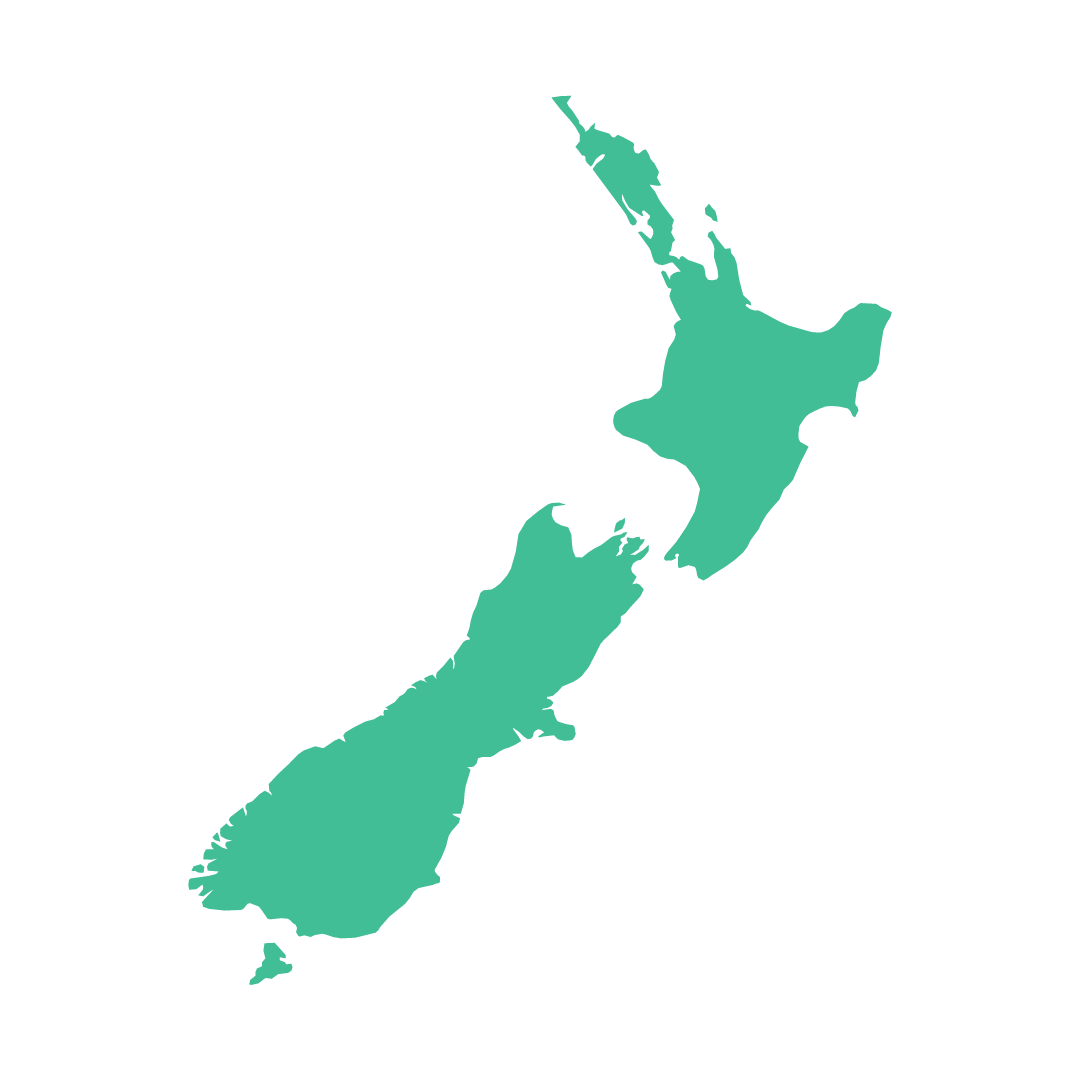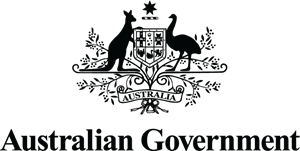FOR INDUSTRY
Legislative framework
Understand the legislation behind the program.

Greenhouse and Energy Minimum Standards Act
The Greenhouse and Energy Minimum Standards Act 2012 (GEMS Act) is Australia's national framework for appliance and equipment energy efficiency. It came into effect on 1 October 2012.
The GEMS Act promotes the development and adoption of appliances and equipment that use less energy and produce less greenhouse gases.
It includes:
- the legal basis for Greenhouse and Energy Minimum Standards (GEMS) Determinations to be made and what they must cover (Part 4)
- requirements and processes to apply, vary, suspend or cancel registrations (Part 5)
- the functions and establishment of the GEMS Regulator (Part 6)
- provisions for monitoring and investigation activities (Part 7)
- processes and penalties for non-compliance (Part 8)
- provisions for appeal and review of decisions.
The GEMS Act is administered by the GEMS Regulator.
See GEMS Regulator for more information.

Amendments
On 21 September 2023, the GEMS Act was amended through the GEMS Amendment (Administrative Changes) Act 2023, adding regulatory flexibility. Specific changes include:
- making it easier for suppliers and businesses to sell custom or bespoke products
- extending ‘grandfathering’ provisions to compliant stock
- streamlining the application of test standards and granting exemptions.
Reviews
The GEMS Act specifies that an independent review of the Act must be initiated after five years of its commencement, and every ten years thereafter.
-
2017 review
The first independent review of the GEMS Act commenced in 2017 and was finalised in 2019. Its purpose was to ensure the GEMS Act remains appropriate and effective in reducing Australia’s energy consumption and greenhouse gas emissions.
The final report found that the GEMS Act is providing a streamlined nationally consistent approach to product energy efficiency while effectively reducing energy use, power bills and greenhouse gas emissions.
It also made several recommendations to help deliver additional benefits, including:
updating energy efficiency standards for products that are already regulated
expanding to new high energy-using products that are not currently regulated in Australia
expediting development and implementation of regulations
improving the effectiveness of the Energy Rating Label.
These recommendations were considered by the Department of Climate Change, Energy, the Environment and Water. Most have been addressed through ongoing business improvements to streamline and modernise the regulatory process and expanding the range of regulated products.
See GEMS Act: 2017 Review for more information.
-
Next review
The next independent review is due to begin in 2027.
GEMS Determinations
Determinations establish energy efficiency requirements for regulated products before they can be supplied in Australia.
-
Determinations specify
Determinations specify if a product needs:
- Minimum Energy Performance Standards (MEPS), that is GEMS level requirements which is energy use or greenhouse gas production
- to display an Energy Rating Label (ERL) under GEMS labelling requirements outlining the information that must be communicated when selling the product
- to meet any other requirements relating to functionality, the environment and human health.
MEPS:
- specify the minimum level of energy performance that products must meet or exceed before they can be registered and supplied in Australia
- can be specified in the determination or refer to separately published standards that the product must comply with.
ERLs:
- help the consumer make informed choices about the energy efficiency of appliances they buy
- display a star rating and the estimated annual energy consumption value in kilowatt hours for the product. The determination outlines the specifications of the Energy Rating Label for the product, including details on the size, content and display of the label.
-
Deemed compliance declarations
The GEMS Act gives the GEMS Regulator authority to deem alternative requirements compliant with the Act. This is referred to as ‘deemed compliance’ under section 27A of the Act.
See Product deemed compliance under section 27A of the Act for information about declarations and why these decisions are made.
-
Making determinations
Determinations:
- are made by the Commonwealth Energy Minister with consent by ministers from the states and territories
- may be updated or replaced to reflect new or modified minimum energy performance standards (MEPS) or labelling requirements
- may be developed for products that are not currently regulated.
See Transitioning to a determination for more information on when determinations are made, when they commence, what happens between those dates and information on grandfathering.
Supporting legislation
-
Greenhouse and Energy Minimum Standards Regulation 2012
The Regulations outlines the:
- processes that the regulator must undertake to grant an exemption for a product
- contact details that must be provided by applicants during product registration.
-
Greenhouse and Energy Minimum Standards (Authorisation Requirements for Testing GEMS Products) Instrument 2021
The Testing Instrument allows the GEMS Regulator to appoint a body to test products for the purposes of compliance.
-
Greenhouse and Energy Minimum Standards (Registration Fees) Act and Instrument
The Fees Act enables the GEMS Regulator to set fees for registration applications. Registration fee amounts are listed in the Fees Instrument.
-
Greenhouse and Energy Minimum Standards (Fees for GEMS Regulator Services) Instrument 2019
The Varying an application Instrument specifies application fees to:
- add additional models
- change the registrant.
-
Greenhouse and Energy Minimum Standards (Deemed Compliance) Declaration
A Declaration enables the GEMS Regulator to deem alternative requirements compliant under section 27A of the Act.
See Product deemed compliance under section 27A of the Act for information about declarations and why these decisions are made.
More information
How it works in New Zealand
New Zealand participates in the E3 program in partnership with Australia. The E3 program is administered in New Zealand by the Energy Efficiency and Conservation Authority (EECA) which operates under the Energy Efficiency and Conservation Act 2000 and Energy Efficiency (Energy Using Products) Regulations 2002.
Products registered in Australia do not need to be registered again in New Zealand to be sold. However, they still need to meet all relevant New Zealand regulatory requirements, unless the Trans-Tasman Mutual Recognition Agreement applies.
Visit the Energy Efficiency and Conservation Authority website

